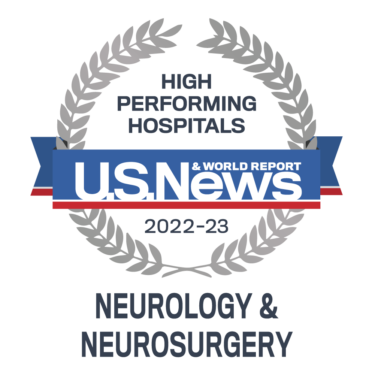Alzheimer's Disease (AD)
Alzheimer’s disease (AD) is the most common neurodegenerative disease in people over the age of 65. AD results from an accumulation of amyloid plaques and tau tangle that damage nerve cells, in turn affecting memory, thinking, and behavior. Until recently, the only available AD treatment was cognitive-enhancing oral medications. In July 2023, the Food and Drug Administration (FDA) approved monoclonal antibodies therapy for the treatment of early-stage Alzheimer’s disease. Although not curative, this intravenous (IV) infusion therapy targets the removal of beta-amyloid plagues, slowing the progression of cognitive decline.
In 1900, the average life expectancy was 47 years, so AD occurred rarely. Since then, life expectancy in the United States has increased to 77.4 years driving up the incidence of Alzheimer’s disease. AD is now a major economic health care problem.
Key Numbers About AD in the United States (Alzheimer’s Association, 2024):
- Nearly 7 million people have Alzheimer’s disease in the United States
- $360 billion dollars in annual cost in the United States
- Over 11 million unpaid caregivers in the United States
- 5th leading cause of death in the United States
Frontotemporal Dementia
Frontotemporal Dementia (FTD) refers to a group of diseases that cause atrophy of the frontal and temporal lobes of the brain. Unlike Alzheimer’s disease, FTD causes declines in behavior, language, and other cognitive abilities. FTD often occurs in younger populations, with 60% of FTD patients being 45-64 years old. Many patients with FTD presents with symptoms that include language difficulties, socially inappropriate or impulsive behaviors, impaired judgment, lack of empathy, apathy, and frequent mood changes. Treatment for FTD includes medications, symptom management, and supportive care. There is no cure for FTD.
Lewy Body Dementia
Lewy body dementia (LBD) is a progressive neurodegenerative disorder that results from deposition of abnormal proteins, alpha-synuclein, in nerve cells. LBD causes problems with thinking, movement, behavior, and mood. Common characterizations of LBD include visual hallucinations, sleep disorders, bladder and bowel dysfunction, and cognitive fluctuations. Although there is no cure, medications can help manage symptoms and are often used in conjunction with complementary interventions such as physical and occupational therapies.

